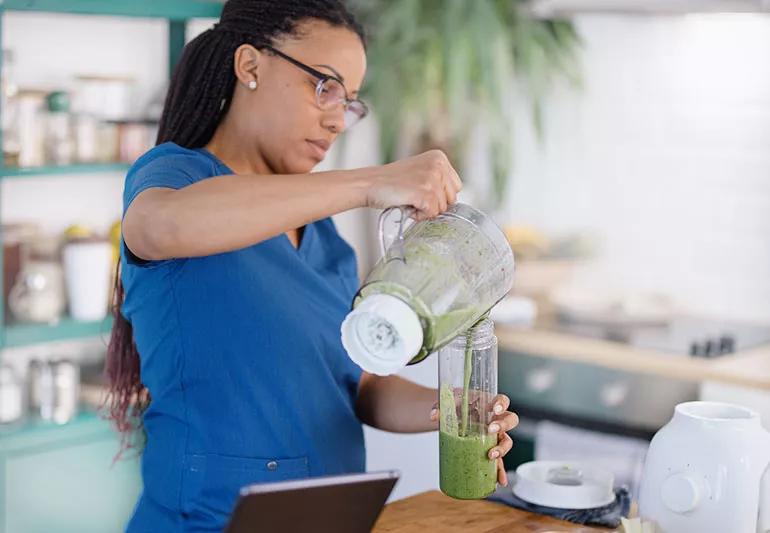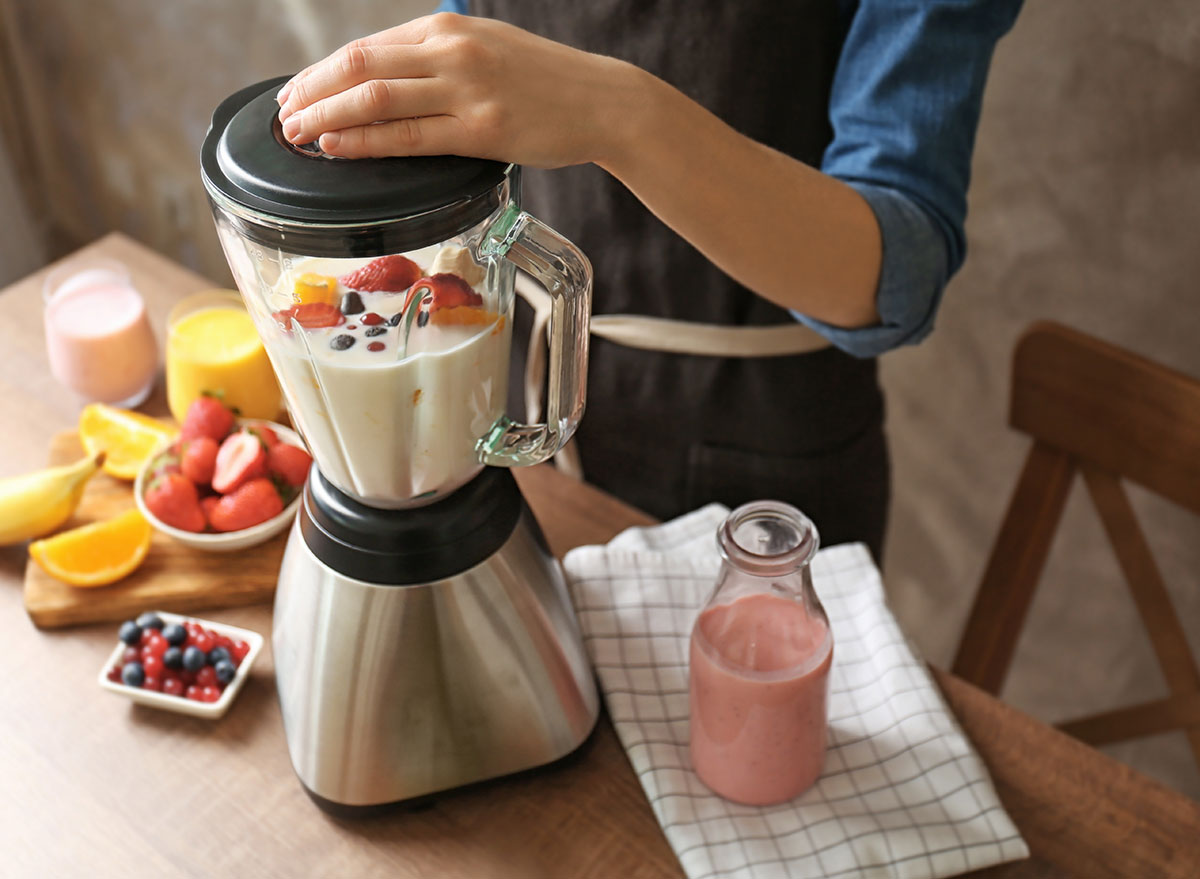Choosing between a glass vs plastic blender jar can be a daunting task, especially for food enthusiasts who are keen on achieving the perfect blend. With the primary keyword strategically placed, we delve into an informative comparison that will aid your decision-making process.
Blenders are essential kitchen appliances, and the type of jar you choose can significantly impact your blending experience. From durability to safety, each material offers unique advantages and disadvantages. This article aims to provide a comprehensive understanding of glass and plastic blender jars to help you make an informed choice.

1. Importance of Choosing the Right Blender Jar
Choosing the right blender jar is crucial as it affects the appliance’s performance, safety, and longevity. The jar’s material can influence the taste and texture of your blends, making it essential to select one that suits your needs.
2. Key Features of Glass Blender Jars
2.1 Durability and Longevity
Glass blender jars are known for their durability. Unlike plastic, glass is less likely to scratch, which helps maintain its clarity over time. This makes it a long-lasting option for many users.
2.2 Safety and Health Benefits
Glass is non-reactive, meaning it won’t leach chemicals into your food. This is particularly important when blending hot substances, as plastic may release harmful substances under heat.
2.3 Weight and Handling
One downside of glass jars is their weight. They are heavier, which can make them cumbersome to handle, especially when full.
3. Key Features of Plastic Blender Jars
3.1 Lightweight and Easy to Handle
Plastic blender jars are significantly lighter than their glass counterparts, making them easier to handle and ideal for those who prioritize convenience.
3.2 Durability and Breakage
While plastic is generally durable, it is more prone to scratches and can become cloudy over time. However, it is less likely to break upon impact, unlike glass.
3.3 Cost-Effectiveness
Plastic jars are often more affordable, making them a popular choice for budget-conscious consumers.
4. Comparing Glass and Plastic Blender Jars
4.1 Environmental Impact
Glass is recyclable and has a lower environmental impact compared to plastic, which can take centuries to decompose.
4.2 Aesthetic Appeal
Glass jars offer a more premium look and feel, while plastic jars are available in a variety of colors and designs.
4.3 Performance in Blending
Both glass and plastic jars perform well in blending, but glass jars tend to provide a more stable base due to their weight.
5. Which Blender Jar is Ideal for You?
Your choice between a glass vs plastic blender jar should depend on your specific needs and preferences. Consider factors like safety, handling, cost, and environmental impact before making a decision.
6. Conclusion
In conclusion, both glass and plastic blender jars have their own pros and cons. By weighing these aspects carefully, you can choose the jar that best aligns with your lifestyle and blending needs.

7. FAQs
7.1 Are glass blender jars safer than plastic?
Yes, glass jars are generally considered safer as they do not leach chemicals into food.
7.2 Do glass blender jars perform better?
Performance is similar, but glass jars provide a more stable base due to their weight.
7.3 Which is more cost-effective: glass or plastic blender jars?
Plastic jars are usually more affordable than glass jars.
For more insights on blenders, visit Aeno’s blog on blender types. You can also explore topics like blending vs grinding and centrifugal force in blenders.
This article contains affiliate links. We may earn a commission at no extra cost to you.

